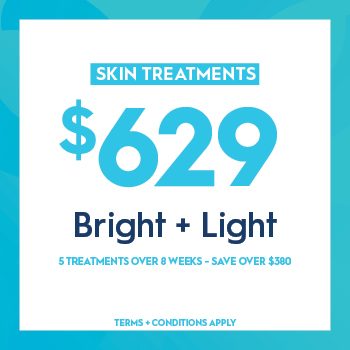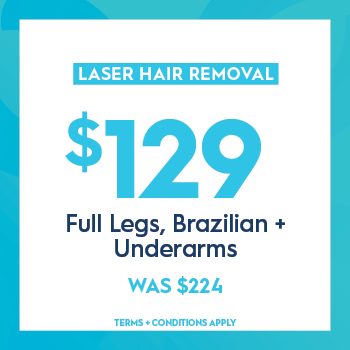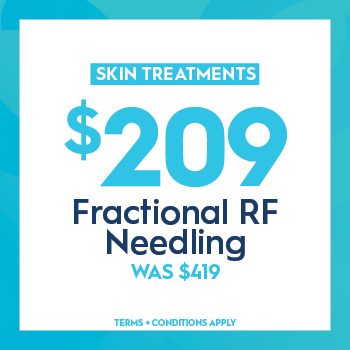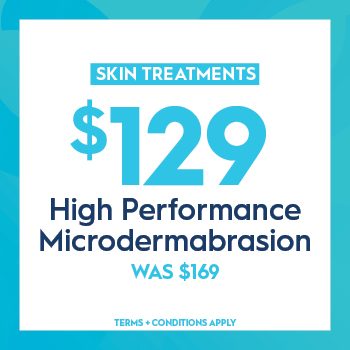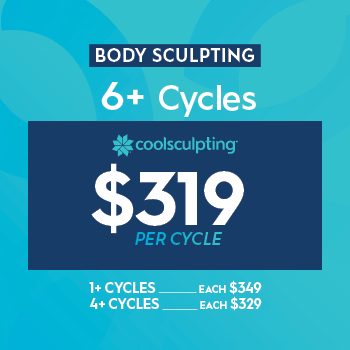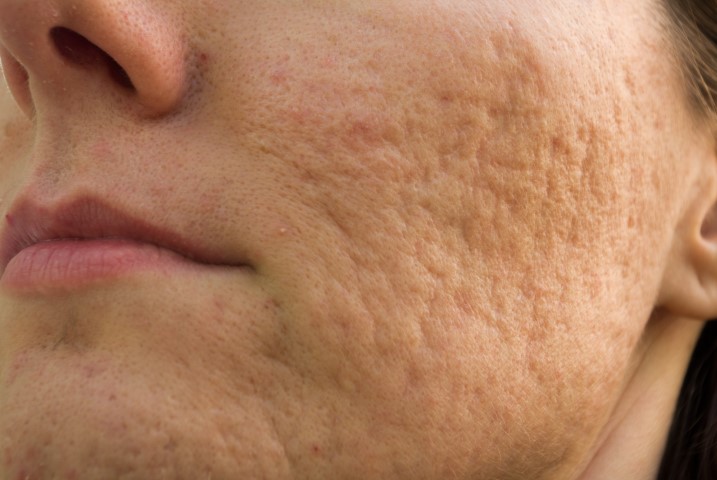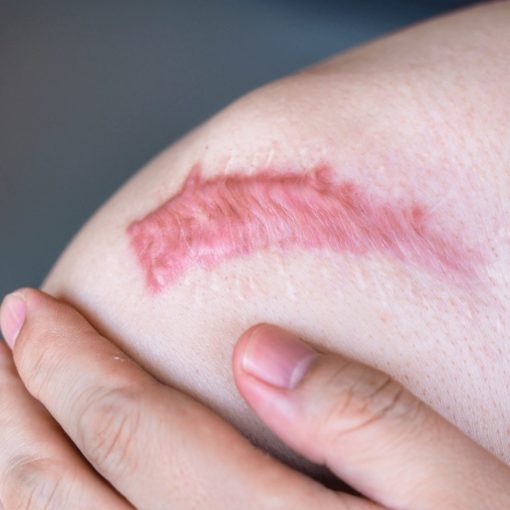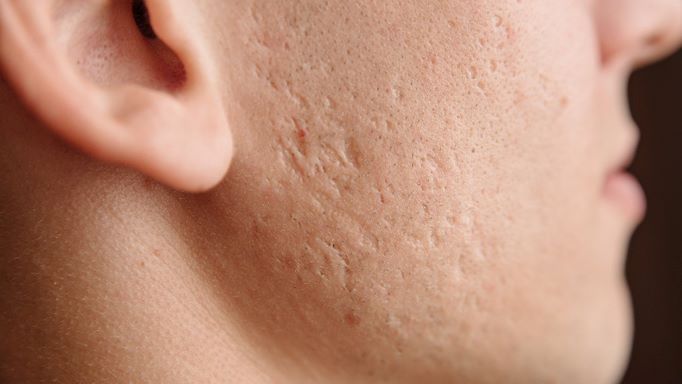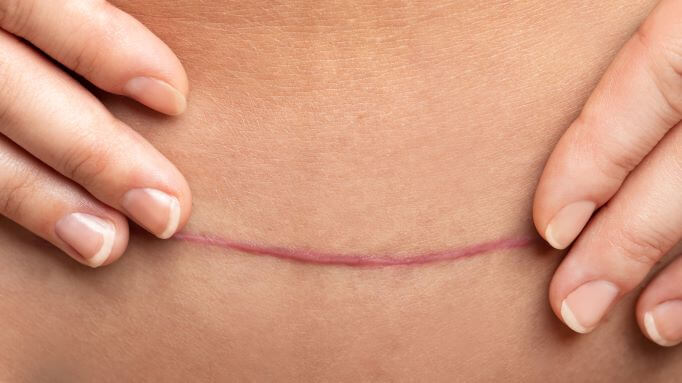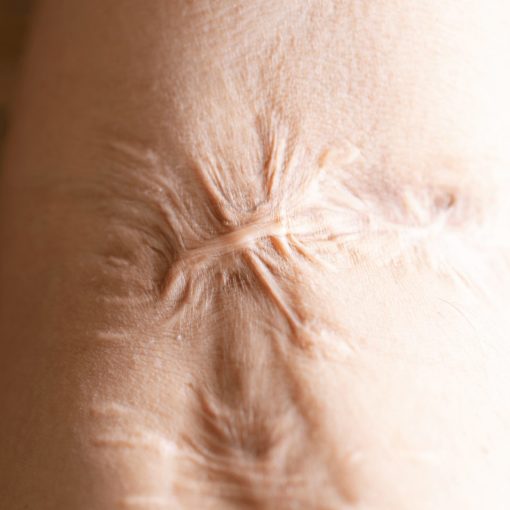Skin Treatments
Skin Treatments
- Observ Skin Analysis
- O2 Oxygen Mask
- Cosmelan
- Dermaplaning
- Fractional RF
- Fraxel Laser
- Laser for Pigmentation
- Laser for Redness
- Laser for Veins
- Laser Tattoo Removal (Woodgrove Only)
- LED Light Therapy
- Lumixa
- MediFacials
- MediPeels
- MesoInfus™ Needling
- Microdermabrasion
- Microneedling
- Pico Skin (Woodgrove Only)
- Skincare Range
- Skin Programs
- Thermage
- Free Consultation
- Pricing + Promos
Common Skin Concern: Scarring
Scarring
The skin is our body’s largest organ and acts as a protective shield against heat, light, injury, infection and other external factors. When we suffer an injury or a wound, our skin regenerates as we heal and as part of the body’s natural healing process our skin may scar. The severity and appearance of the scar can depend on many factors including the depth and size of the injury, genetics, your health and even your gender or ethnicity.
While no medi-aesthetic clinic can guarantee complete removal of scarring (and if they do, beware!) in many cases correct treatment can significantly reduce the appearance of the scar and improve skin texture.
What is scarring?
A scar is the result of your body’s natural healing response to an injury or wound. This occurs during a complicated three-phase process of inflammation, proliferation and maturation. The result of this natural healing process often leaves us with a scar that may appear raised, sunken, lumpy, smooth, red or even itchy. Unfortunately, not all scars are welcome, and many people choose to seek treatment for the appearance of unwanted, visible scars.
Types of Scarring
Atrophic Scars
Atrophic scars are scars that heal below the normal layer of skin tissue and appear indented, depressed or sunken in the skin. These scars are caused by the destruction of collagen during an inflammatory condition such as acne. Atrophic scars can be further broken down into the following three types:
- Ice pick scars: small, narrow and often deep
- Boxcar scars: flat in the middle with a defined border
- Rolling scars: no distinct edges, wavelike in appearance
Hypertrophic Scars
Hypertrophic scars are scars that heal above the normal layer of skin tissue and appear thicker, raised and can vary in colour from pink to red. Hypertrophic scars do not extend beyond the boundaries of the injury site and may regress over time and with treatment. Hypertrophic scars are caused by abnormal production of extra collagen at the injury site during the healing phase.
Keloid Scars
Like hypertrophic scars, keloid scars rise above skin level however keloid scars extend beyond the injury site and do not regress over time. Keloid scars are also formed due to an overproduction of collagen while the skin is healing. Often keloid scars appear red to purple in colour and are harder to treat. Depending on the severity and where the scar is located on the body, it may also affect mobility.
Unfortunately, we cannot treat Keloid scars at Australian Skin Clinics.
Contracture Scars
Contracture scars occur when a large area of skin is damaged and lost. Often the result of burns, contracture scar formation pulls the edges of the skin together, causing a tight area of skin that may impair mobility. This type of scar may go deeper and affect the muscles and nerves below.
Treatment for contracture scars is often surgical.
How to treat Scarring
We offer several treatment options to reduce the appearance of scarring. In some cases, cosmetic injectables may be used as a possible treatment for some types of scarring. Your dermal technician or cosmetic injector will tailor a treatment plan depending on the type, location, severity of the scar and your personal aesthetic goals. If you are prone to keloid scarring or have a family history of keloid scarring, please let your dermal technician know as this will affect your recommended treatment options. Please note: our treatments focus on repairing the appearance of certain types of scarring and cannot repair mobility issues or deeper underlying damage.
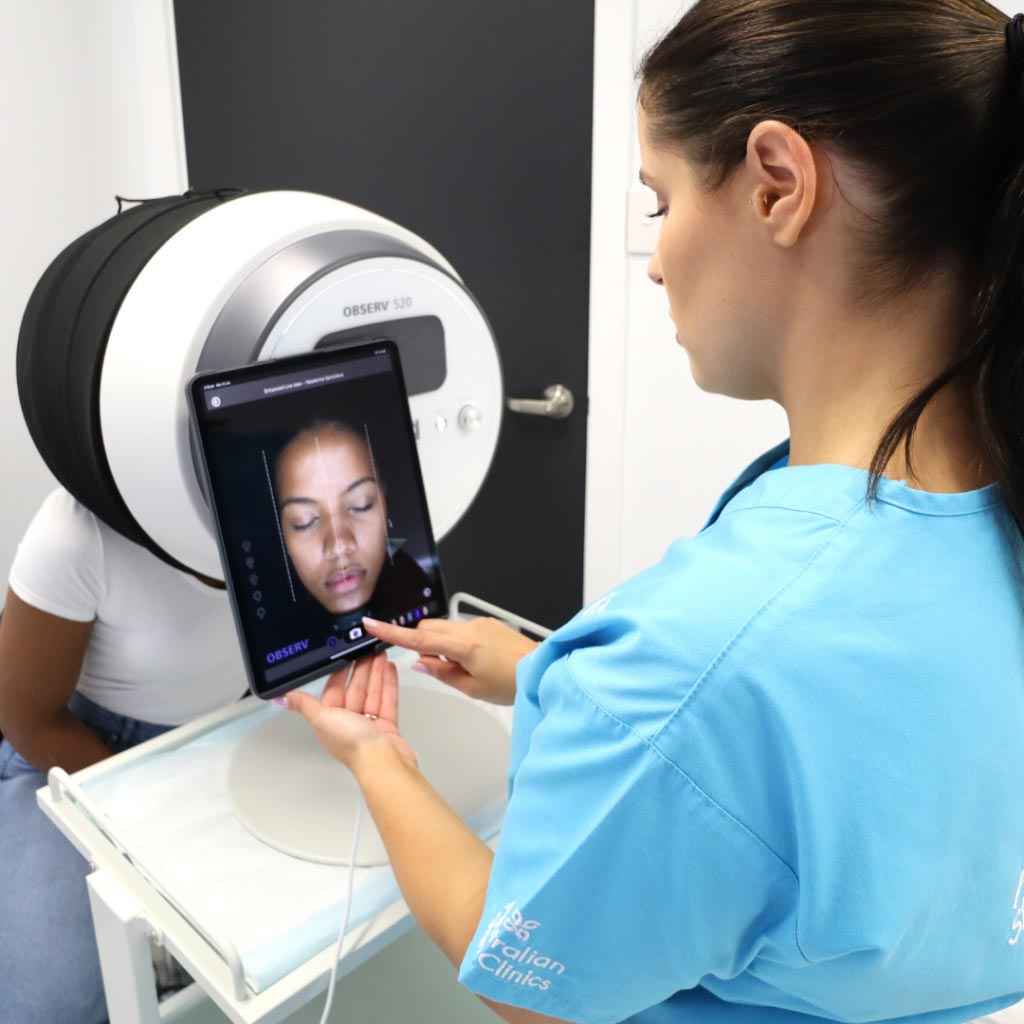
Observ Skin Analysis
Using the advanced Observ Skin Analysis technology, we can get to know your skin on a deeper level, identify your underlying concerns and let’s create a treatment and skincare plan for your best skin yet!
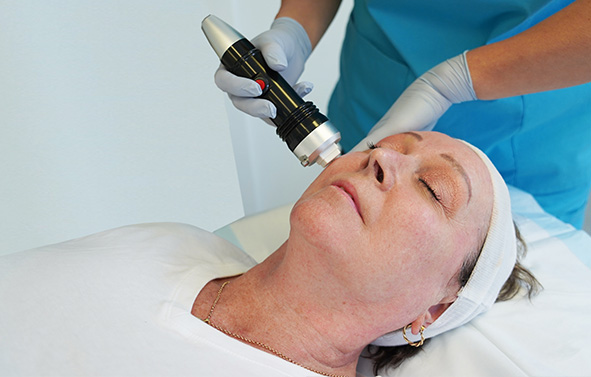
Fractional RF
Fractional Radio Frequency (RF) combines radio frequency and microneedling to induce a powerful, natural healing response in your skin. This skin treatment targets fine lines, wrinkles, loose skin, scarring, stretch marks and enlarged pores.
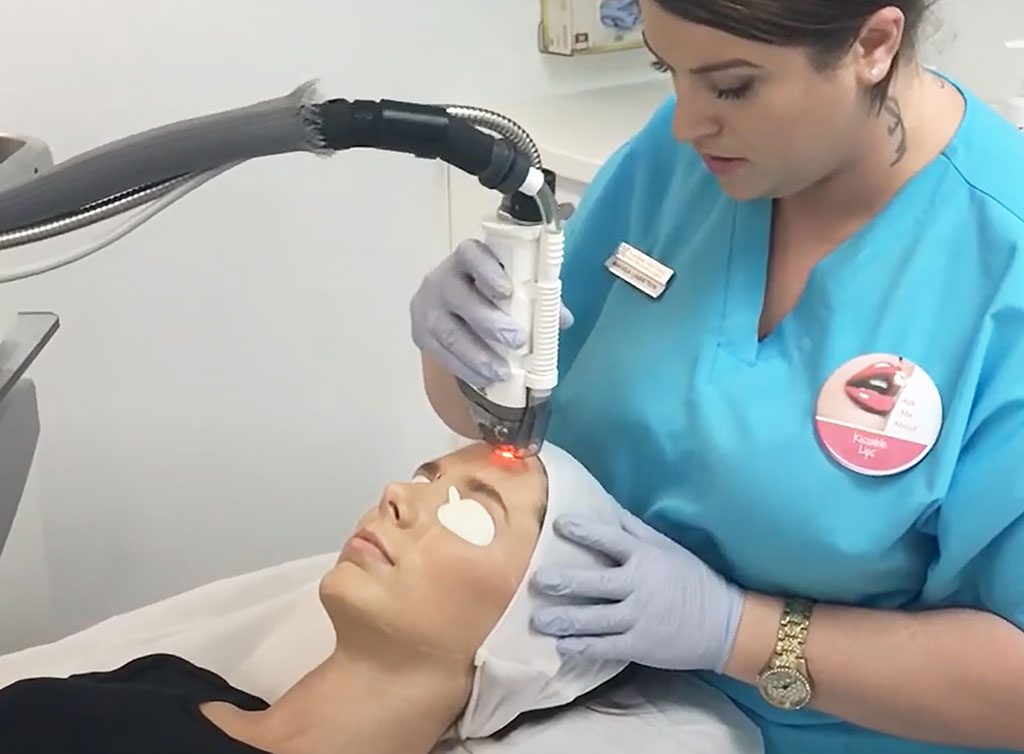
Fraxel Laser
Fraxel Laser resurfaces the skin to reduce wrinkles, acne, scarring, pigmentation and improve skin quality and texture on the face and body.
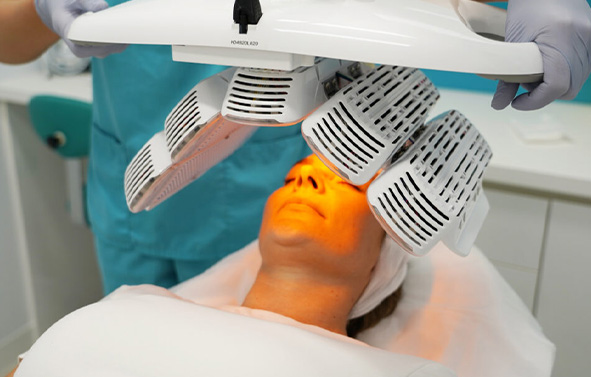
LED Light Therapy
Light Emitted Diode (LED) Light Therapy is a deep penetrating, soothing skin treatment ideal for improving skin health, treating active acne, overall skin rejuvenation, reducing the visible signs of ageing and boosting your skins healing response.
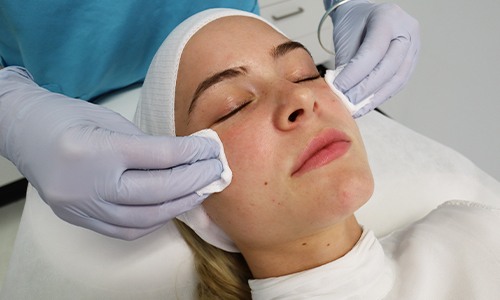
MediPeels
Our range of MediPeels target fine lines, wrinkles, sun damage, pigmentation, pore size, oil production, redness, congestion and acne. MediPeels are an effective, non-invasive treatment that can help you on your way to smoother, healthier and rejuvenated skin!
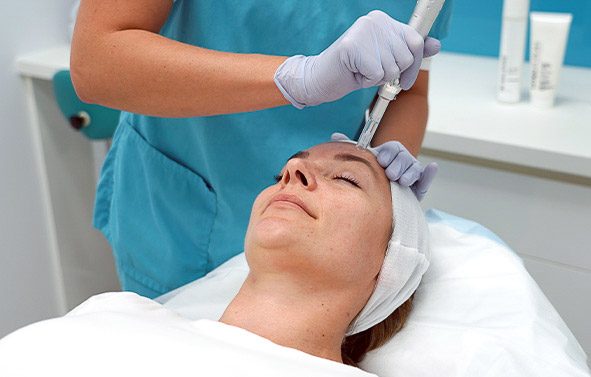
MesoInfus™ Needling
MesoInfus™ Needling combines our advanced microneedling treatment with specially formulated MesoInfus™ Serums designed to target specific concerns.
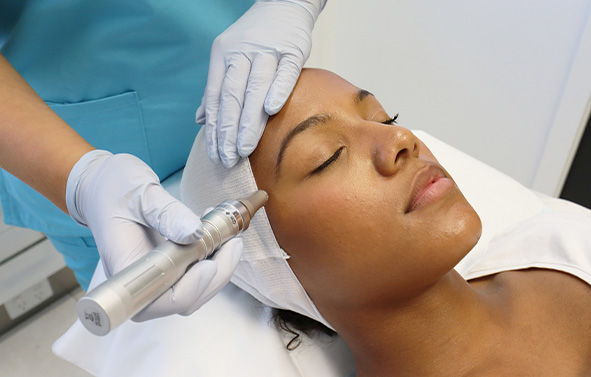
Microneedling
Microneedling is your go-to treatment for boosting collagen and elastin growth. This powerhouse treatment can help you tackle scarring, stretchmarks, acne, black heads, open pores, fine lines, hyperpigmentation and more.
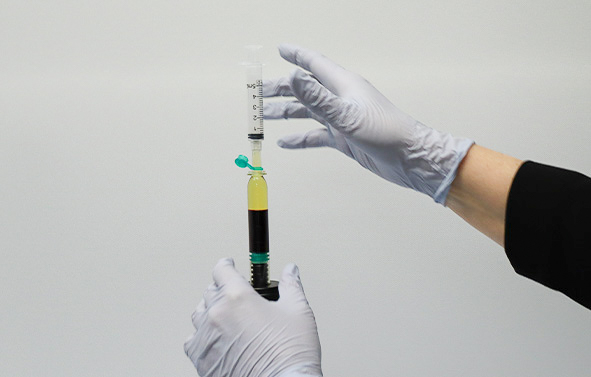
PRP Skin Rejuvenation
Platelet Rich Plasma (PRP) Skin Rejuvenation is a scientifically proven, non-surgical cosmetic treatment that refreshes, tones and tightens your appearance by repairing the elasticity, colour and quality of the skin.
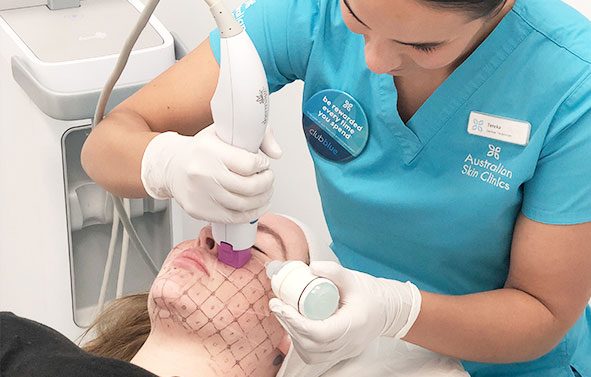
Thermage
The ultimate skin tightening treatment. Thermage effectively treats fine lines, wrinkles, uneven, loose or dimpled skin and improve your overall skin quality in just one treatment.
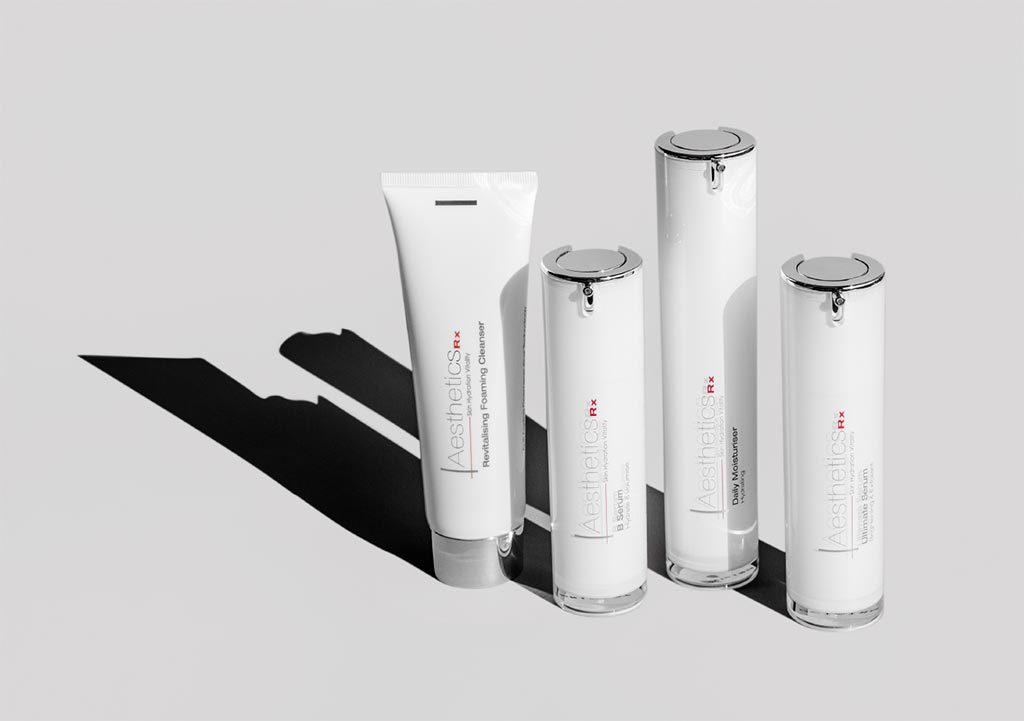
Skincare
At Australian Skin Cinics we offer three cosmeceutical grade skincare ranges in-clinic and can help to tailor a home skincare plan that suits your skin and budget!

